Table Of Content
According to Statista, Java is among the top 5 most used programming languages among developers worldwide, as of 2021. Java owes its popularity to its incredible security and ability to handle massive amounts of data. And, its applications are myriad: from mobile and web applications, to native softwares for PC. It’s been used across one of the most commonly outsourced projects that our team of software outsourcing experts have worked on.
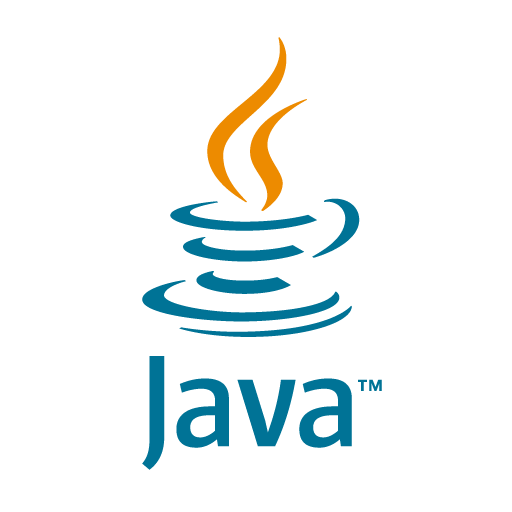
What is Framework in Java?
Frameworks in Java are software libraries that allow developers to build java applications faster and easier. These libraries are pre-written code, templates, classes components, and other structural elements that provide a foundation upon which a developer bases their java application.
The best of these Java frameworks are tested to meet industry standards and best practices. What a Java framework does is that it allows developers to focus on business logic of their app instead of writing a code from scratch, wasting their time on writing basic functionality for the application such as its database connections and handling exceptions.
It’s important to note that each Java framework has its pros and cons, therefore choosing between them is mostly about a developer’s preference. Some of these frameworks are highly recommended for full-stack java developers, while others, not as much. A developer might want to stick to one framework, or in some cases they might need to use more than one framework at a time, therefore developers must learn how these different Java frameworks compare and integrate with each other. In the latter part of this article, we’ll also discuss the
Popular Java Backend Frameworks
Now that we know what a framework is in Java, the question arises – what can you do with Java frameworks? Listed below are the pros and cons of each of the java frameworks to make it easier for you to understand what each of them is used for, and choose the best fit for your project.
Spring Boot
One of the most popular and widely used Java backend frameworks is Spring Boot. Its key strengths include its simplicity, flexibility, and ease of integration with other third-party tools and libraries. Spring Boot is a powerful framework that can be a great choice for many Java backend projects, especially those that require a high degree of flexibility and configurability.
Advantages of Using Spring Boot:
- Spring Boot is highly extensible and configurable, making it easy to adapt as your needs evolve over time.
- It is designed to be lightweight, making it ideal for projects that require a high level of performance and responsiveness.
- It is well-integrated with other Spring products, making it easy to use in conjunction with other tools and libraries in the Spring ecosystem.
- It has excellent documentation, making it easy to get started with and learn as you go.
- It has a large and active community of developers, who are always willing to help and contribute.
Disadvantages of Using Spring Boot:
- As it is designed to be lightweight, it does not include all the features of other frameworks, which may be limiting for some projects.
- It can be somewhat complex to set up and configure, especially for developers with less experience.
- There is a learning curve associated with using Spring Boot effectively, as it requires understanding some concepts that are unique to Spring, such as dependency injection and AOP.
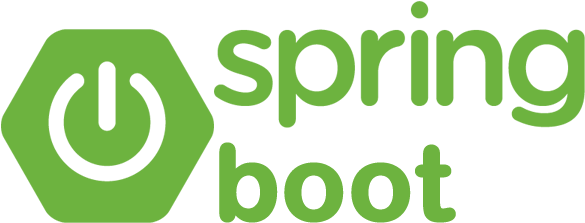
Vaadin
Vaadin is a front-end, web application Java Framework, with its primary focus on UX accessibility. Vaadin provides developers with a streamlined platform for Java development. Moreover, web applications of customizable components can also be built with the help of Vaadin.
The new version of Vaadin 10 has a unique way of approaching web app development. It gives developers direct access to the Document Object Model from the Java Virtual Machine. The new release has also split the framework into two different parts, which was previously used as a monolithic framework. Moreover, it also features a lightweight Java framework which is known as Vaadin Flow that handles server to client communication and routing.
Advantages of Using Vaadin:
- Vaadin allows developers to bind data with the help of MVC or MVP.
- Supports the drag and drop feature along with many others that can help simplify the way single-pay UI’s are created for Java applications
- With the support of WebSocket, developers can automate server-client communication.
- Java or HTML can be used to build more views
- Data binding
- Router with parameter support and a nested route.
- Java Virtual Machine languages like Kotlin and Scala are supported on this Java framework.
- Vaadin also provides a built-in spring support.
Disadvantages of Using Vaadin:
- One drawback of using Vaadin is that it can be a bit more complicated to use compared to other Java frameworks.
- When using Vaadin, not all web technologies are supported out of the box, which means developers may need to spend additional time and effort to integrate third-party libraries when building their applications.
- Lastly, Vaadin isn’t as widely adopted as some of the other Java frameworks on this list, so finding experienced developers who are familiar with the framework can be a challenge.

DropWizard
DropWizard is regarded as one of the most high-performance Java frameworks which can be used for rapid development of RESTful web services. For creating Java Microservices, DropWizard is one of the most suitable choices. Moreover, Dropwizard has various well-established Java libraries which are able to provide a fast and distraction-free development platform.
The Dropwizard framework works like a separate ecosystem comprising a bundle of all the dependencies into a singular package.
Advantages of Using Dropwizard:
- Dropwizard allows developers to perform rapid prototyping.
- It has the ability to develop high-performance RESTful web services.
- Dropwizard also supports several open source as well as independent libraries
- Quick project Bootstrap
- Increases the level of productivity for users
Disadvantages of Using Dropwizard:
- There is no inbuilt ORM support provided by Dropwizard.
- A developer would have to make use of an external library for database access, which can increase the complexity of the project.
- Some users have also reported that Dropwizard can be difficult to learn and may require a steep learning curve before it can be used effectively.
Other popular Java frameworks like Spring Boot or Play framework are often preferred over Dropwizard due to their easier learning curve and higher level of adoption.
Play
Play is a reactive web and mobile based Java framework for developing highly scalable Java applications. It is open-source and follows the famous MVC architectural pattern. Play allows developers to build lightweight and web-friendly java applications for both desktop as well as mobile devices. These features are the reason why Play is compared to some of the most powerful frameworks such as Ruby on Rails, and Django. It’s used by big companies such as LinkedIn, Verizon, Samsung, among many others.
The uniqueness of Play is that it doesn’t necessarily have to meet the J2EE web standards. Instead, Play focuses on the removal of all the issues pertaining to the traditional Java web development like slow Software Development Cycles, lots of configurations, etc. Having been built upon the Akka Toolkit, Play framework truncates the creation of concurrent and distributed applications on the Java Virtual Machine.
Advantages of Using Play:
- Play delivers features like convention over configuration, hot code reloading, and error messages in the browser.
- Play supports the non-blocking I/O, which is essential for running high performance applications.
- Play is flexible and tolerant to failure results.
- Supports web technologies (REST, JSON, web sockets, etc.)
- Powerful developer tools
- Cloud deployment options are wide-ranging, and they allow teams to work on a project from all across the world.
- Play also has an active community, and documentation that’s easily available.
- Developmental changes appear in the browser or a test device in real-time, and you do not need to go through the hassle of restarting your PC.
- Testing is easy for the application and it provides authentic results
- The UI design is quite intuitive.
Disadvantages of Using Play:
- Scala is a complicated programming language and thus, novice programmers may not feel very comfortable using it.
- It does not offer backward compatibility. For example, Play 2 is not compatible with Play 1. So, if you are planning to migrate to an existing app, you have to do all the tasks once again.
- It’s hard to understand the architecture and things going on behind the scenes.
- There are lots of plug-ins but they are not stable.
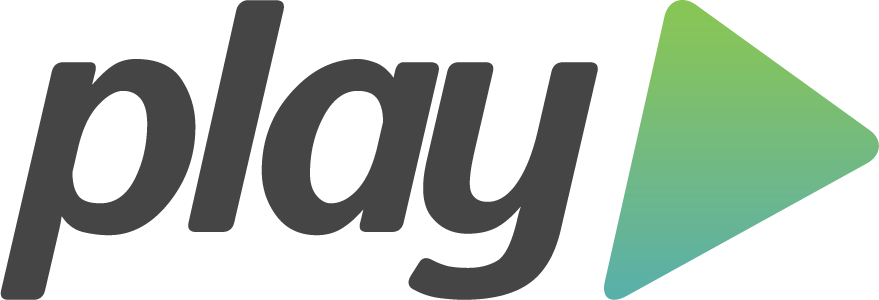
Hibernate
As a stable object-relational mapping Java framework, hibernate makes communication far better between the Java programming language and RDBM.
When developers work with object-oriented languages such as Java, a common problem that often arises is Object-Relational Impedance Mismatch, also known as Paradigm mismatch. Both java and RDBMs handle data differently, which can be one of the reasons that may have contributed to the mismatch problems. While Object-Oriented languages hierarchically structure data, relational databases represent them in tabular format. An example of such a mismatch issue would be the time when the available tables in the relational database are less than the amount of classes in the object model.
The hibernate framework enables you to overcome the mismatch problems of Java, and aims to obtain the kind of persistence, which would allow the application’s data to outlive the process that generated it. The newer versions of Hibernate support NoSQL datastores, unlike the previous one that was designed for relational databases. The newer version also has useful developer tools such as a Hibernate console, a tool for database reverse engineering, as well as a mapping editor,
Advantages of Using Hibernate:
- With Hibernate you are enabled to develop persistent classes following the OO idiom.
- It also allows communication with a database without the need to make major changes to the code, which makes it easier to connect objects to relational words.
- It’s portable, productive, and maintainable
- Hibernate is an open-source Java framework, which means it’s free to use!
- Being an advanced ORM framework, hibernate allows you to perform database operation on Java entities.
- Hibernate removes redundant code from Java Database Connectivity API.
- Hibernate provides strong data manipulation capabilities with little need for coding.
Disadvantages of Using Hibernate:
- It’s performance is lower for complex queries
- Because hibernate generates SQL statements at runtime, it is much slower than pure Java Database Connectivity API.
- The learning curve is quite steep
- Because small applications have fewer tables, introducing the complete Hibernate framework can be more time consuming than beneficial.
- For batch processing, it’s best to stick with pure JDBC because Hibernate’s performance isn’t great.
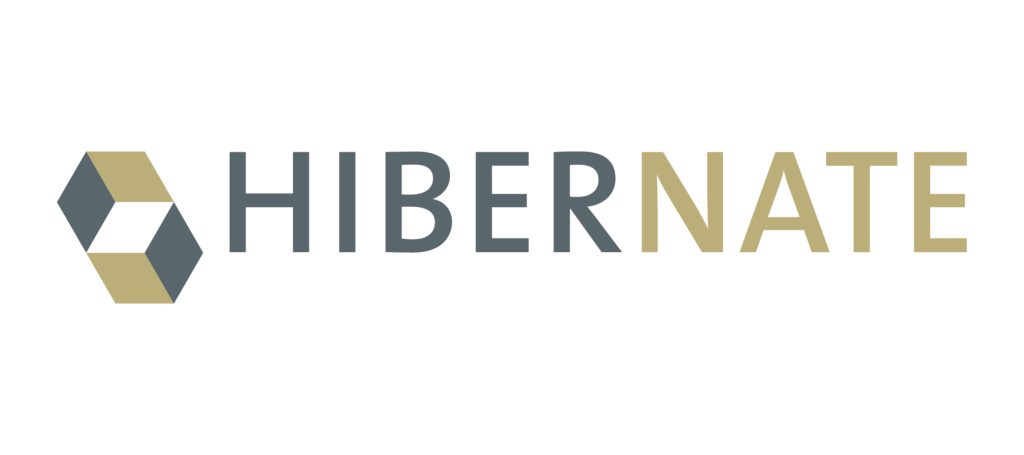
Grails
Grails is another open source Java framework that’s quite popular among Java developers because of how it makes the development process easier. Grails uses Groovy programming language which is an object-oriented language for Java that aims to increase a Java developer’s level of productivity.
Grails, being developer-friendly, also comes with comprehensive and easy-to-understand documentation, guides, and an extensive plugin library. This library is frequently updated all thanks to the active community of grails. Working with the groove language, they consistently develop plugins which can be used free of cost.
Grails also follows some of the most modern software development principles, such as convention over configuration, opinionated APIs to enforce best practices, and sensible defaults.
Advantages of Using Grails:
- The learning curve for Grails is not steep, which makes it a good Java framework for people who work on deadline based projects.
- The clear instructions in the documentation and the courses help you get going with the language, deploying soon, in no time.
- Seamlessly integrates with Java libraries and tools.
- It provides a rapid development cycle.
- If you are dealing with a small or medium-size project, Grails is ideal for you.
- The framework offers a range of plug-ins to make your job simple.
Disadvantages of Using Grails:
- Not a framework that’s suitable for beginners.
- It requires a developer to know Groovy, before they can start writing on Grails.
- The process of Integration can seem complicated
- It only works with GORM and does not support any other ORMs.
- If you are working on a multi threaded app, GORM can be problematic for you.

GWT: Google Web Toolkit
Google Web Toolkit is a web based Java framework with which developers can build and optimize their complex browser-based applications. Some popular platforms that use GWT are Blogger, Hotel Finder. Also, many products of Google are also based on GWT, these include, Google Wallet, Google Adwords, etc.
What GWT aims at is to enable high productivity for web applications without the need for a developer to have expertise in XMLHttpRequest or JavaScript. This means that developers who are not experts at frontend technology can also create beautiful UIs. Features such as internationalization, cross-browser compatibility, UI abstraction, bookmarking, and history management.
Advantages of Using Google Web Toolkit:
- GWT has an integrated debugging functionality
- It fills the gap between back-end and front-end development.
- GWT is compatible across different browsers which comes in handy when deploying applications online.
- Implementation of Google APIs is easier using GWT.
- As GWT is based on a Java framework, it has a low learning curve for Java Developers.
- GWT’s Widgets Library provides most of the required tasks in an application.
- GWT is extensible and customizable, which means that custom widgets can be created to cater applications
Disadvantages of Using Google Web Toolkit:
- It is difficult to debug complex issues in a GWT application, which increases development time.
- GWT does not have many third-party libraries that are popular and widely adopted.
- For front-end developers who have experience with frameworks such as React, Angular, or VueJS, GWT can be a difficult framework to learn.
- Google Web Toolkit is not as widely adopted as some of the other Java frameworks, so finding experienced developers who are familiar with the framework can be a challenge.
Overall, while GWT is a powerful and highly performant web framework, it may not be the right choice for all types of web development projects. Other Java frameworks, such as Spring Boot or Play Framework, may be better suited for developers who are looking for a simpler and more user-friendly development experience.

Struts:
Struts is an enterprise-level Java framework which is perfect for web development. It’s a full-featured Java web application framework which Apache Software Foundation maintains and develops. It comes in two versions, struts 1 and 2. The most popular among these two is the 2nd version, which is basically an extension of the first version featuring everything that comes with web framework tools such as Opensymphony web framework tools.
The community support for strut is often compared to the Spring Framework. Struts also allow its users to create Java applications that can be easily maintained over time. Moreover, Struts follows an MVC software design pattern, as it has a plugin-based architecture, and these plugins make it possible to extend the framework to fit different requirements of each project.
These strut plugins are basic JAR packages, which means that they are portable and can also be added to your app’s classpath. Some plugins would bundle with the framework, however, some of them won’t, but you can add others from third-party sources.
Struts can also be integrated with other Java frameworks to perform tasks which are not built-in on the platform. For instance, developers can use the Spring plugin for dependency injection or the Hibernate plugin for the purpose of object-relational mapping. Struts also allows the use of multiple different client-side technologies such as Jakarta Server Pages for building the frontend of your application.
Besides all these benefits, the only downside of struts is that it is not an ideal choice for creating server side components that can render on the frontend.
Advantages of Using Struts:
- Having been around for a very long time now, Struts is now stable and mature after all these years.
- Strut is extensible via plugins.
- integration of Java frameworks tools is far easier than before.
- Strut supports web technologies such as REST, AJAX, and JSON
- Struts drastically reduced development time would allow you to make more applications rapidly.
Disadvantages of Using Struts:
- Struts is not a flexible framework
- It has a rigid approach and it dictates our way of thinking and coding.
- In comparison to other frameworks, Struts has a steeper learning curve.
- The framework is not suitable for smaller applications.
- Struts is not a part of J2EE application. In other words, it has not been included in the J2EE specification.
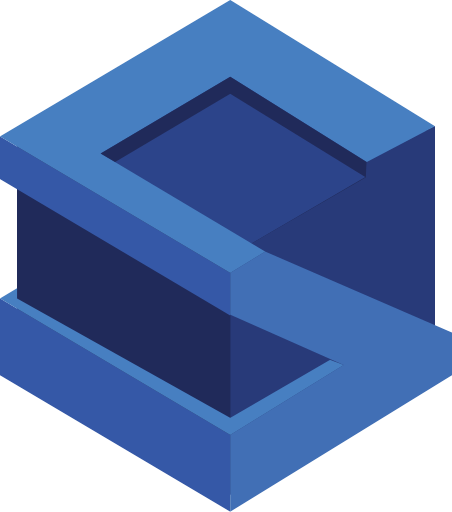
Popular Java Testing Frameworks
Java Testing Frameworks can be considered Java’s own, in-built software testing tools. It ensures that your application’s code is robust and stable.
Selenium
Selenium is an automated open-source Java testing framework, primarily used for testing web applications across various platforms. Its primary task is to employ automation testing for the web-apps. Selenium is more than just a tool; it’s a complete suit that complements an organization’s testing needs.
It has the ability to reduce the need for frequent code maintenance, offering three different types of frameworks for automating manual testing, which include Keyword Driven Tests, Hybrid Tests, and Data-Driven Tests. Moreover, with support for parallel testing, it serves as a time and cost-efficient Java testing tool.
As a platform-independent tool, Selenium can be used on a variety of operating systems, such as Android, iOS, Windows, Mac, Linux, etc, with scripts in various different popular programming languages, such as Python, Java, Ruby, PHP, etc.
Selenium’s added benefit is that it facilitates you in having an in-house infrastructure for a Selenium Grid. Furthermore, it can be integrated with similar other test automation frameworks such as JUnit, and can also be used in conjunction with project management tools such as docker and maven.
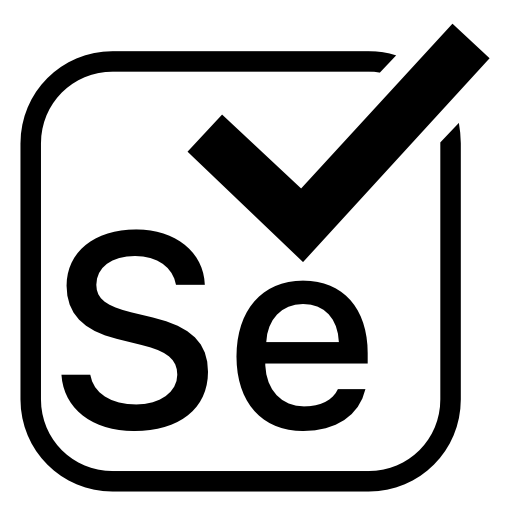
Serenity
Serenity, which was previously known as Thucydides, also provides an open-source platform primarily designed for behavior-driven testing. It assists you in creating clear and well-structured acceptance criteria for test automation projects.
Moreover, Serenity expands the attributes of Webdriver and JUnit. It allows you to easily create testing reports, with descriptive details for every single test, showing the traits that were tested in each test case.
Serenity also has the ability to support a number of automated acceptance test solutions. You can use it with other frameworks such as JUnit for writing maintainable tests with time-efficiency or you can also integrate it with Selenium WebDriver for testing web applications in Selenium.
JUnit
Among the different software testing types, JUnit is the most popular Java unit testing framework. It is designed to perform unit testing where a code snippet can be passed in the path via functions or methods. When using a test-driven approach, it is recommended that unit test code be pre-written before writing any real code.
After a developer writes code, the test cases must be run before the code snippet can be executed. When new code is added, the test cases are rerun to ensure that all test scenarios are passed and there are no errors in the code. This Java unit testing framework distinguishes itself from others by being significantly faster and more efficient.

TestNG
TestNG is an open-source Java testing framework and inspired by the other two prominent frameworks – JUnit and NUnit with some new additional functionalities. Deriving from its name where NG stands for Next Generation, this framework doesn’t disappoint to prove its strength in testing.
The process of testing here is also not very complex where we can test the scenarios by requesting through the framework to test the databases or maybe the front ends. An HTML report can also be extracted which is quite useful for the tests being performed.

To Sum It Up:
Given that the Java programming language was created in 1996 and is still used to this day, is a proof of its success. Over the years, the programming language has become more advanced and robust, with plenty of documentation and a large online community. Moreover, the fact that Java’s syntax is quite similar to human speech, coding Java becomes relatively easier for beginners, as it’s pretty intuitive. So, if you’re interested in learning the language, now is the time!
FAQs
| Which frameworks are used in Java? There’s a long list of frameworks that are used in Java, however, some of the most popular ones are Spring, Vaadin, Strut, Play, GWT, etc. |
| What are Java frameworks? Java frameworks are collections of pre-written code that developers utilize to more efficiently build programs with the Java programming language. These Java frameworks are specifically designed for the Java programming language. |
| How to learn Java frameworks? Self-learning Java frameworks can help you learn the language much faster. Otherwise, learning it from an institute can take you up to one year to learn it. Moreover, one of the first Java languages you should learn is Spring. |
